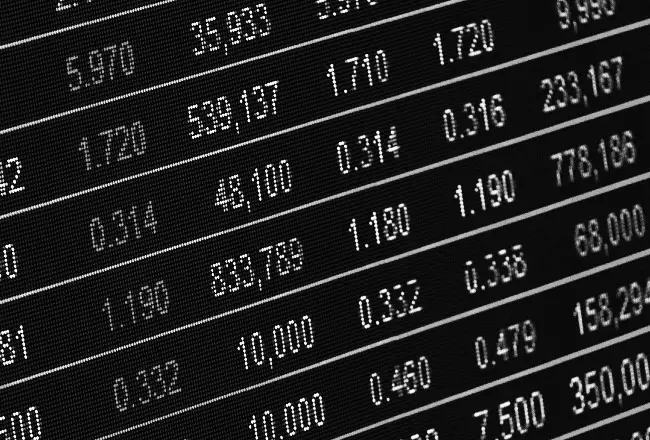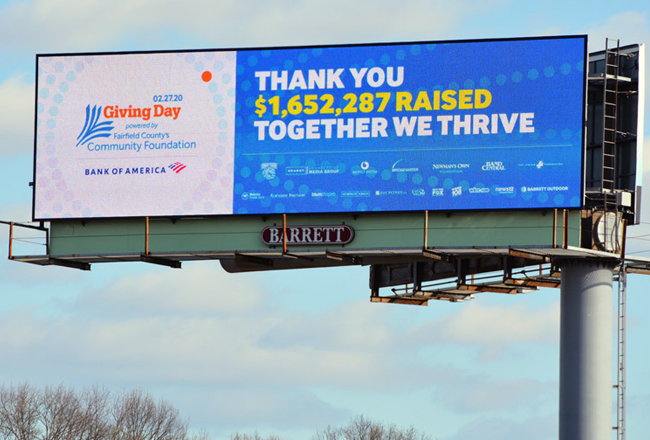Six deaths in the U.S. from the COVID-19 coronavirus were reported as of Monday afternoon, all in Washington state. Television station KIRO-TV in Seattle reported that five of the deaths were in King County and one in Snohomish County. Many schools in the counties were closed Monday for cleaning as a precaution. The U.S. Centers for Disease Control reported cases of the virus in 10 states.
The first case of the COVID-19 virus in New York was reported yesterday evening. Gov. Andrew M. Cuomo issued an announcement at about 6:45 p.m. Cuomo did not at the time reveal details but it was subsequently learned that the individual is a 39-year-old female health care worker who had traveled to Iran. As of Monday morning, she was in isolation in her apartment in Manhattan and was being treated.
The White House announced Monday morning that Vice President Mike Pence would give the nation an update on the coronavirus situation at 5 p.m. today. On Saturday, President Trump held a news conference during which he attempted to walk back comments he had made to followers during a rally in South Carolina on Friday that the coronavirus crisis and what was being said about it was a Democratic political hoax and news media scheme to hurt him. On Saturday, he blamed the news media for taking what he said at the rally out of context. However, video recordings of the rally do show that Trump said what was reported.
 Just hours before Trump proclaimed there was a COVID-19 hoax, three local financial professionals were giving the Business Journal insights about the Wall Street reaction to what was happening based on their experience and expertise.
Just hours before Trump proclaimed there was a COVID-19 hoax, three local financial professionals were giving the Business Journal insights about the Wall Street reaction to what was happening based on their experience and expertise.
In the last six trading days of February, the Dow Jones Industrial Stock Average dropped approximately 12% as the COVID-19 virus continued to spread. The estimated loss in wealth globally during that time period was $6 trillion with $4 trillion of the loss attributable to the U.S. As of March 2, the novel coronavirus had spread to 69 countries according to the World Health Organization. The worldwide count of cases had risen to 88,948 with 3,043 deaths as of March 2. The first death in the U.S. from the virus was reported on Feb. 29 and on March 2 it had risen to six deaths. On March 2, the market showed signs of a rebound with the Dow Jones Industrials closing up about 5.1% for its biggest one-day gain since 2009. It stood at 26,703,32, up 1,293.96 from the Feb. 28 close.
The stock market and economic insights came from: Mario Gabelli, chairman and CEO of Gamco Investors Inc., which is based in Rye; David Nelson, chief strategist of Belpointe Asset Management in Greenwich; and Matthew Carey, director of the Center for Financial Markets Studies and the LaPenta-Lynch Trading Floor at the Iona College LaPenta School of Business in New Rochelle.
“COVID-19 creates major concerns over global supply chain and consumer spending,” Gabelli said. “Earnings projections will come down. The fear of the virus alone could hurt consumer confidence in the U.S.”
“Clients are certainly nervous and, frankly, professionals are nervous as well,” Nelson told the Business Journal. “This is not your garden-variety event. This is not what is typically a demand-driven recessionary scenario where the economy is weak and people are pulling back. This is like a 9/11 event or like a meteor hitting the earth unseen, like a Katrina, a storm that hits overnight.”
Nelson explained that the market had been seeing businesses around the world suspending operations and breaks in Chinese supply chains and manufacturing capability. The current strain of coronavirus first appeared in Wuhan, China. He said it became obvious to many that some public companies were were going to have trouble meeting the financial targets they had been presenting to Wall Street.
Carey talked about a friend of his in Rhode Island who operates a small business that depends on importing merchandise from China.
“He’s been shut down since, probably, the beginning of February,” Carey said. “The factories have been closed and he hasn’t been able to have any orders produced. They’re just starting to gear up again now.” Carey said his friend had just returned to Rhode Island from China when the first American cases of the virus hit.
Carey noted, “A stock market trades on what its view of the future is, so it is discounting the future. Two weeks ago, maybe 10 days ago, the future looked pretty bright and people had to really calm down on the recession risk that raised its head back in December 2018. Valuations looked good and everything looked like we were moving in the right direction.”
Carey explained that the rapid spread of the virus caused a rapid change in underlying assumptions.
“You add a shock like this and it causes people, the research community in particular and the economists, to go back and have to start to recut all of their estimates and all of their data for future earnings,” he said.
“The consumer is going to be sensitive to the virus’ progression and it will have an impact on our economy,” Gabelli said. “The questions are when will the market fully discount it and how quickly will the economy and corporate earnings rebound? As history has shown us many times before, the uncertainty creates opportunities for investors.”
“It’s hard to tell somebody not to be fearful when you see an event like this,” Nelson said. “It’s real money. It’s their retirement savings or something they’ve planned their lives around. Somebody might sell today and completely leave the equity markets and two weeks from now that may look like a good idea because the market may well be down another 10% or 15%. The question is, ‘What will be the catalyst that gets them to put the money back to work in the market?’”
“A correction technically is a 10% decline, so we’ve got a correction,” Nelson said. “A bear market is classified as 20% from the high.” He said if the market continued to go lower it might soon enter bear market territory. Then the big question would be how long it would last. It feels like a crash although it happened over a period of days rather than in a single day.”
Nelson said that many people now likely won’t come back into the stock market until the market hits another all-time high, where it was just before the February slide started. He said some people will feel good and regain their confidence in the stock market only when the markets are zooming again and the economy has recovered. At that point, however, they will have missed out on substantial gains.
“This is what we sign up for as investors,” Nelson said. “This is the other side of the coin. It’s not always a market like we’ve had at the beginning of this year. This is a lot more real. We get corrections like this.”
Nelson said the virus-related drop could be an important wake-up call for investors who have had all of their money in stocks to review their portfolios.
“If you’re approaching retirement, you should be pretty well diversified,” Nelson said. “It’s just going to be maintaining a balanced composure here. This is not a time for gunslinging.”
Carey said that what’s been happening to the world economy in general and Wall Street in particular both have provided compelling classroom subjects at the LaPenta School of Business.
“One of the things that I’ve stressed is, like it or not, we are very, very interconnected globally,” he said. “I do teach international business and I teach finance and portfolio management. People are getting on and off planes and traveling all over the place all the time. When you look at the great recession (of 2008) and what touched off the financial crisis, it was really an American bank, Lehman Brothers. When it failed, it had counterparties that it traded with all over the globe and that just rippled throughout and caused a major, major stress to financial conditions,” Carey said.
“Markets are based upon assumptions and a view of the future,” Carey said. “We’re all conditioned to the bull market when things are going up. When you get a big move that really rattles people it tests them, and it tests market psychology and what people tend to do is throw in the towel and run for cover.”
Carey suggested that some understanding of what’s been happening on Wall Street can be found in the old saying, “Markets hate uncertainty.”






















